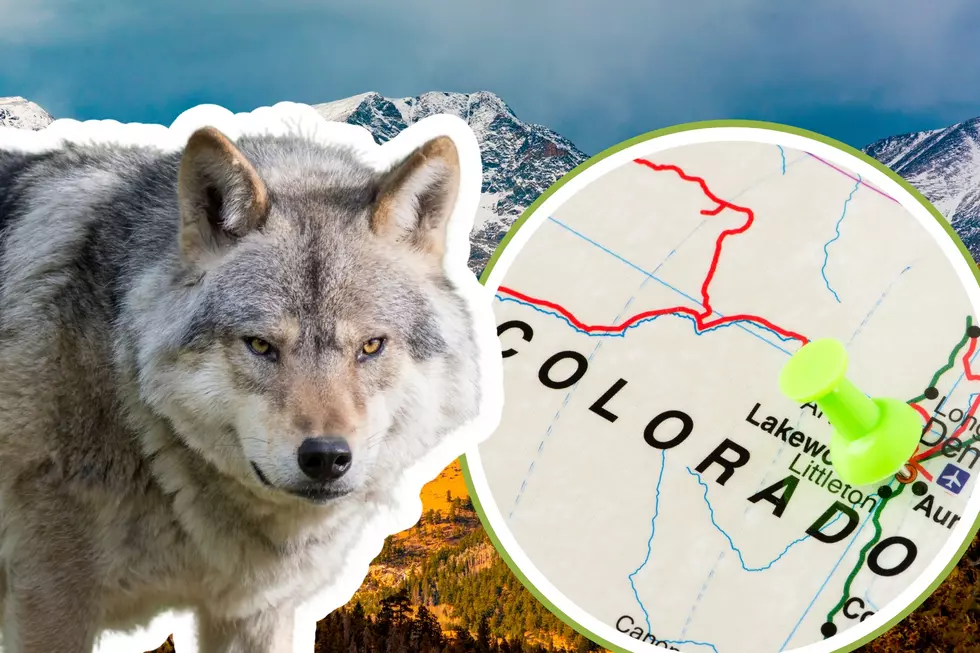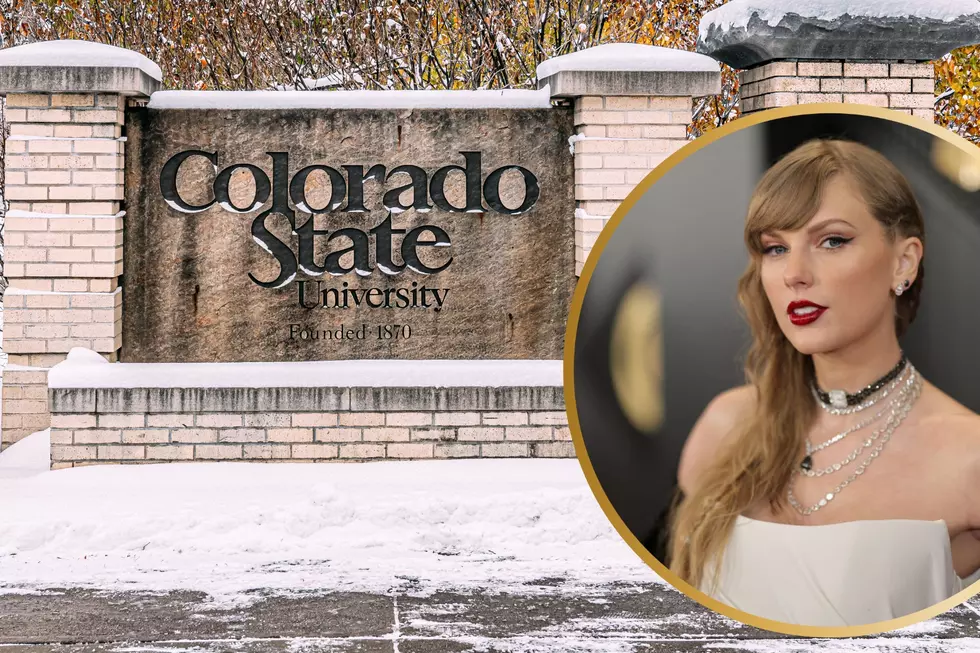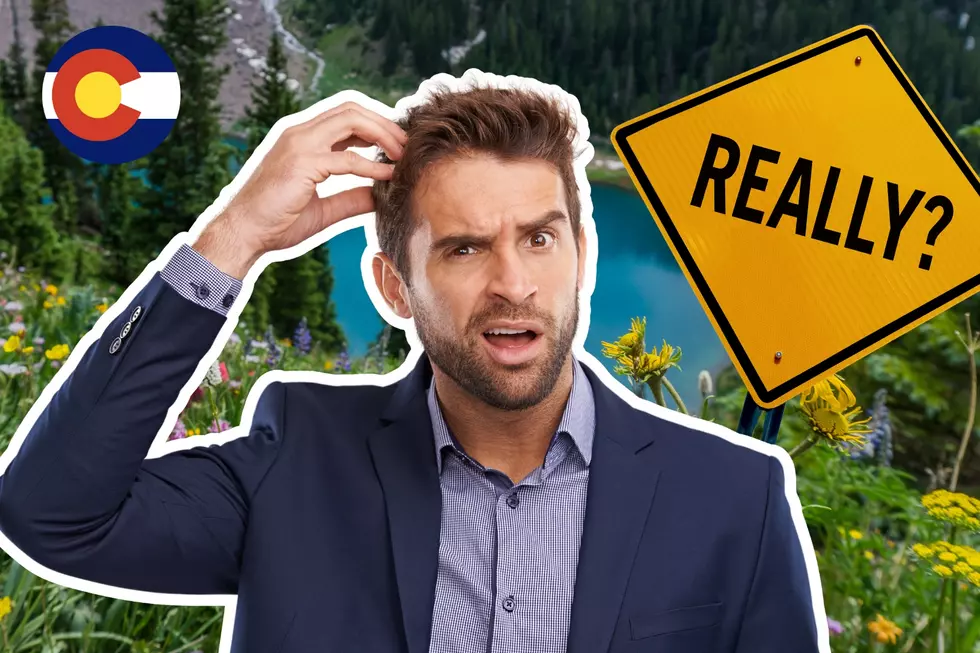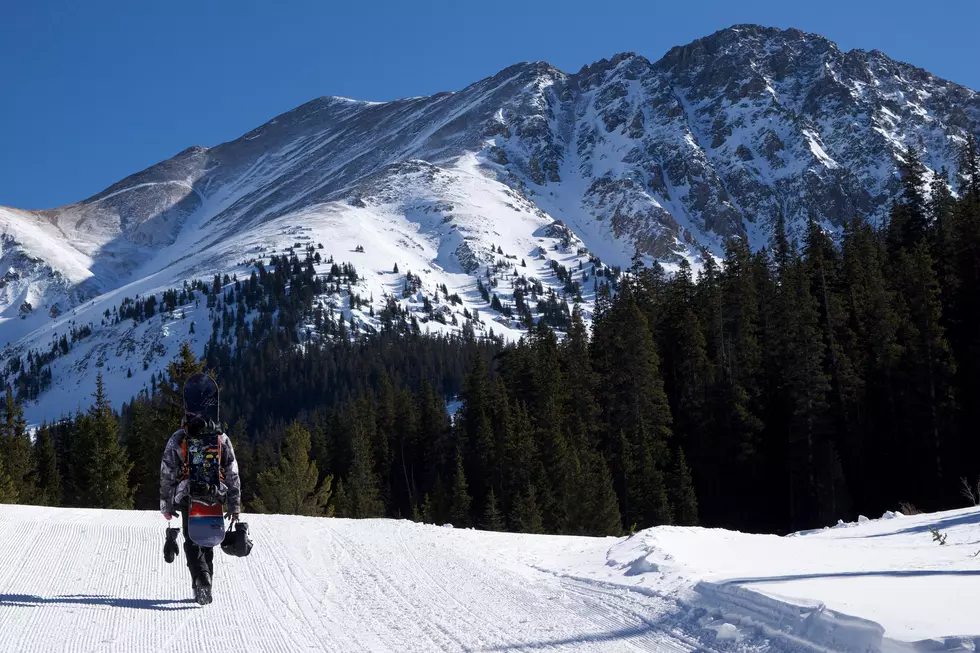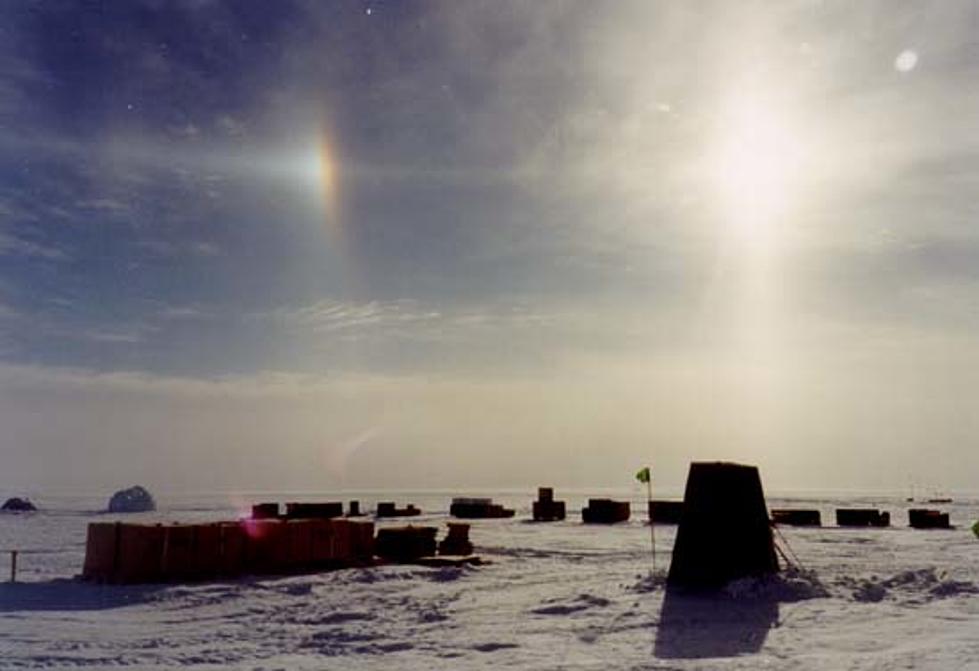
What are Sundogs and Moondogs and Do They Exist in Colorado?
Double rainbows, snow pillars, and contrail shadows are just a few of the interesting examples of sky phenomena that can occur in Colorado - but have you ever heard of a sundog, and do these happen here too?
Denver meteorologists say yes and they are quite a sight to see. Coloradans are most likely to witness this type of winter optic on a cold or snowy day.
According to the National Weather Service, sundogs are colorful displays caused by the refraction of light through tiny ice crystals. Sundogs are located approximately 22 degrees either left, right, or both, from the sun, depending on where the ice crystals are present. This atmospheric optical phenomenon typically shows up close to the horizon during sunrise and sunset. Sometimes only one side of the light beam is visible beside the sun, it just depends on where the ice crystals are.
The tiny bursts appear as mini rainbow prisms, with colors ranging from deep red to violet. The red hue is typically closest to the sun, while the blue coloring is on the outermost part.
Another name for sundogs is parhelia, which means "with the sun" in Greek. They can also be referred to as mock suns due to their appearance next to the real thing.
This atmospheric phenomenon can also happen at night, but these are instead called moondogs. Like sundogs, moondogs usually occur during the wintertime, because that is when ice crystals are most prevalent. The Moon usually needs to be full or nearly full, along with being low in the sky for the effect to be produced. Moondogs can appear colorful like a sundog or ‘shine’ with a light that looks similar to the actual moon.
Check out the brilliant sundog below that was captured on camera last year in Northern Colorado.
KEEP READING: Get answers to 51 of the most frequently asked weather questions...
More From K99




